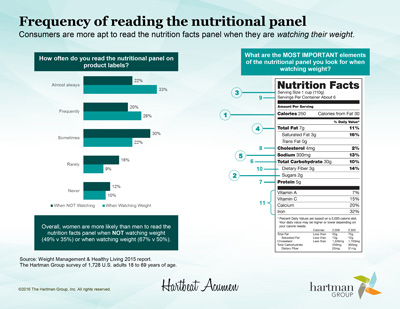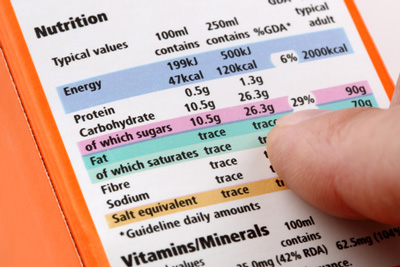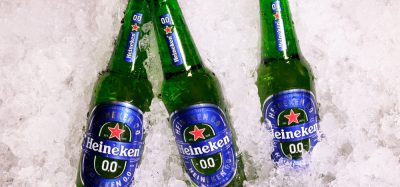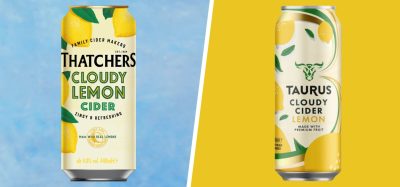Consumers most likely to look at calories first on nutritional panels
- Like
- Digg
- Del
- Tumblr
- VKontakte
- Buffer
- Love This
- Odnoklassniki
- Meneame
- Blogger
- Amazon
- Yahoo Mail
- Gmail
- AOL
- Newsvine
- HackerNews
- Evernote
- MySpace
- Mail.ru
- Viadeo
- Line
- Comments
- Yummly
- SMS
- Viber
- Telegram
- Subscribe
- Skype
- Facebook Messenger
- Kakao
- LiveJournal
- Yammer
- Edgar
- Fintel
- Mix
- Instapaper
- Copy Link
Posted: 18 April 2016 | Victoria White, Digital Content Producer | No comments yet
The Hartman Group have produced an infographic on consumer habits when reading the nutritional panels that currently accompany food and drink items…


Recently, the Royal Society for Public Health (RSPH) called for the introduction of ‘activity equivalent’ calorie labelling on food and drink, saying that such an intervention may counter obesity trends.


RSHP says that front-of-pack information should utilise calorie information in a way that can positively influence behaviour change. Their proposed labelling would include activity equivalent calorie information alongside current front-of-pack information, showing how much physical activity would roughly equate to the calories in the product.
Now the Hartman Group have produced an infographic on consumer habits when reading the nutritional panels that currently accompany food and drink items.
In the Hartman Group’s 2015 Weight Management & Healthy Living Report, a survey of over 1,700 adults in the US, they found that consumers are more likely to look at nutritional panels when they are concerned about their weight. And when looking at the nutritional panel, consumers are most likely look at the number of calories first, followed by sugar content, serving size, total fat content and sodium content.
The data presented by the Hartman Group supports RSPH’s proposed ‘activity equivalent’ calorie labelling. ‘Activity equivalent’ calorie labelling recognises that consumers often look at the calorie count of a product before deciding to make a purchase.









